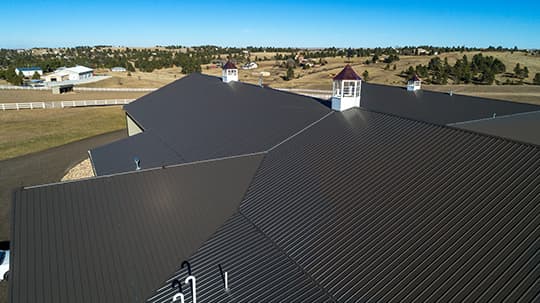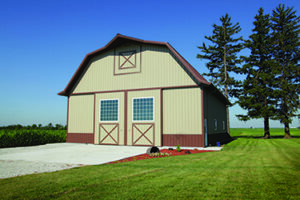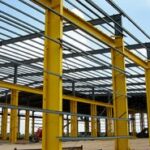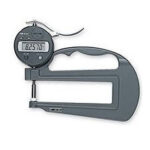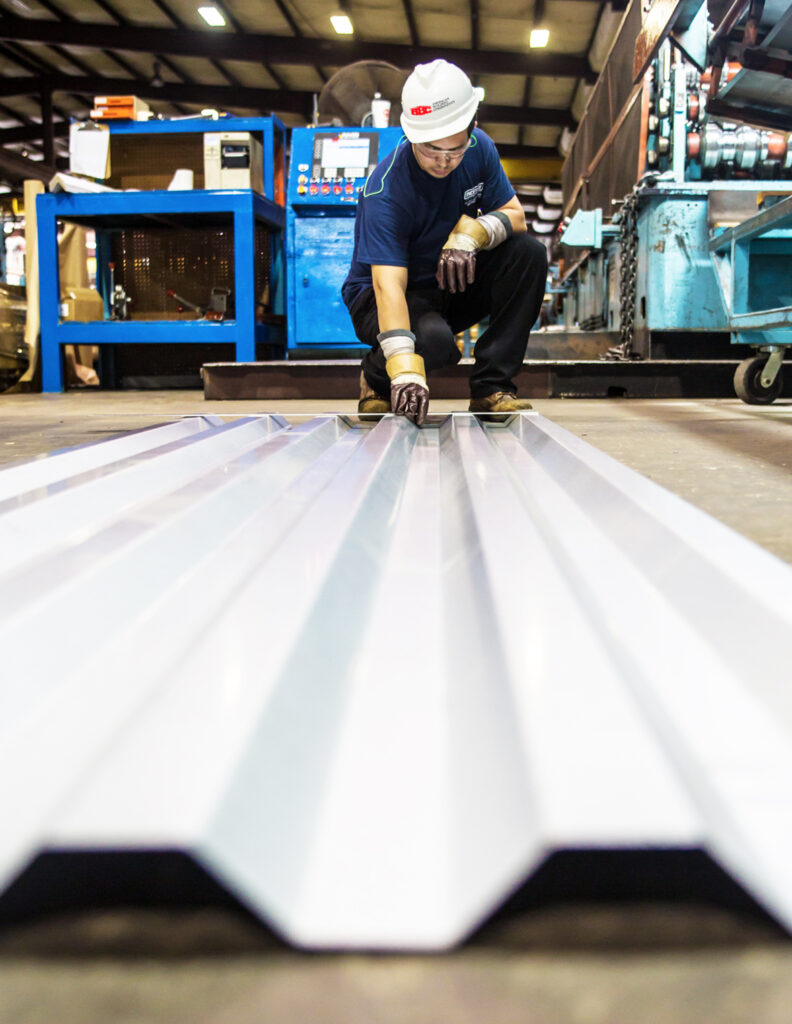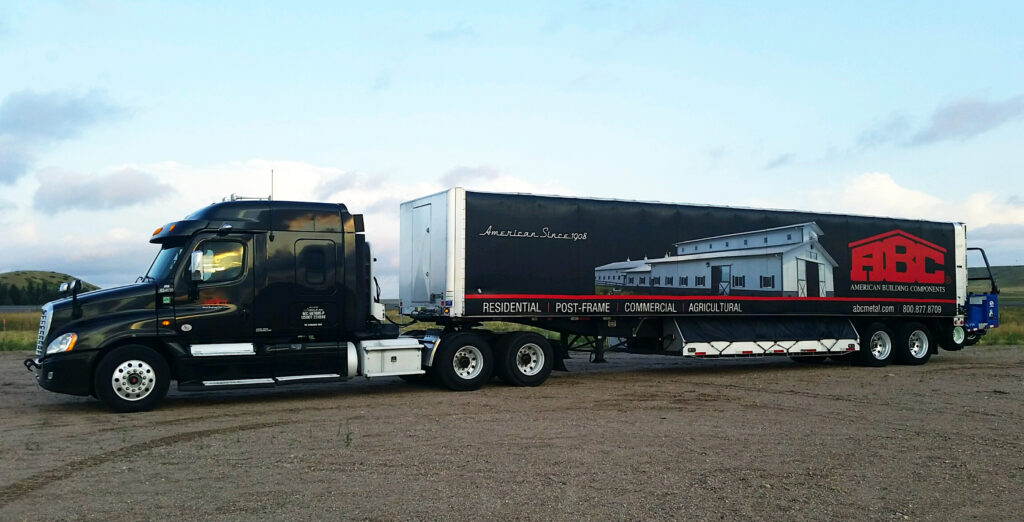Each metal building installation is unique and even the most experienced of installers can run into trouble on a job. Whether a panel isn’t engaging properly, it’s not meeting stated tolerances or fasteners are missing or not working, anyone who takes on the task of installing metal panels needs to know when to call a metal panel manufacturer for support, guidance and resources at any time to ensure the success of their project.
Manufacturer Resources:
While it’s not the manufacturer’s responsibility to guarantee their panels are installed correctly, reputable manufacturers should set installers up for success. They can do this by providing product resources and recommendations on how to alleviate or mitigate potential pitfalls, and by sharing tips on how to avoid common mistakes that other installers have made.
- Product Installation Manuals and Construction Drawings: Before installation begins, the product installation manual and detailed construction drawings should be reviewed by the installer—especially if this is his or her first time working with the product. These resources contain all the product information needed as well as installation best practices. American Building Components makes product details and installation information available to metal panel dealers and distributors through shop.abcmetalroofing.com. If you’re a dealer or distributor, click here to learn more and sign up for an account!
- Service Representatives: Some may prefer to speak to an expert directly, especially if already in the middle of an install. In these cases, installers can call their sales person or local field service/customer service representative to discuss and find solutions.
Installation techniques can vary based on the unique dimensions of the panel as well as on the actual building design. When an issue arises that is beyond an installer’s expertise, it’s in the best interest of everyone involved to call a metal panel manufacturer for input before permanent mistakes are made.
When to Call a Metal Panel Manufacturer
Examples of when American Building Components recommends that an installer immediately call a metal panel manufacturer are:
- Product Damage: Building owners may not always be able to recognize material damage and understand how it can be detrimental. Therefore, installers should always evaluate all building materials before any installation begins. If—after review—damage is suspected, the building owner should take pictures of the damage and notify the manufacturer immediately. The manufacturer will advise if the issue is minor and installation can begin, or if the panels should not be installed. The last thing you want to do is install damaged panels and have to uninstall them and wait for new materials. The impact of removing and replacing panels like this will significantly increase cost and delay the construction schedule.
- Fastener Issues: The type of fastener used depends on the material they will be fastening to (substrate). If the substrate differs from what’s stated in the project details, check with the manufacturer to verify that the provided fasteners can be used. If the screws aren’t engaging properly, or there any problems with the fastener type. The manufacturer can advise how to move forward based on the project details. In short, substituting fasteners with ones not supplied by the manufacturer is never recommended.
Remember: no problem is too small to call a metal panel manufacturer for advice! In part two of this series, we’ll share more situations when calling the manufacturer will save time, money and headache. For more information on metal roof and wall products, visit us online or reach out to your local representative today!




